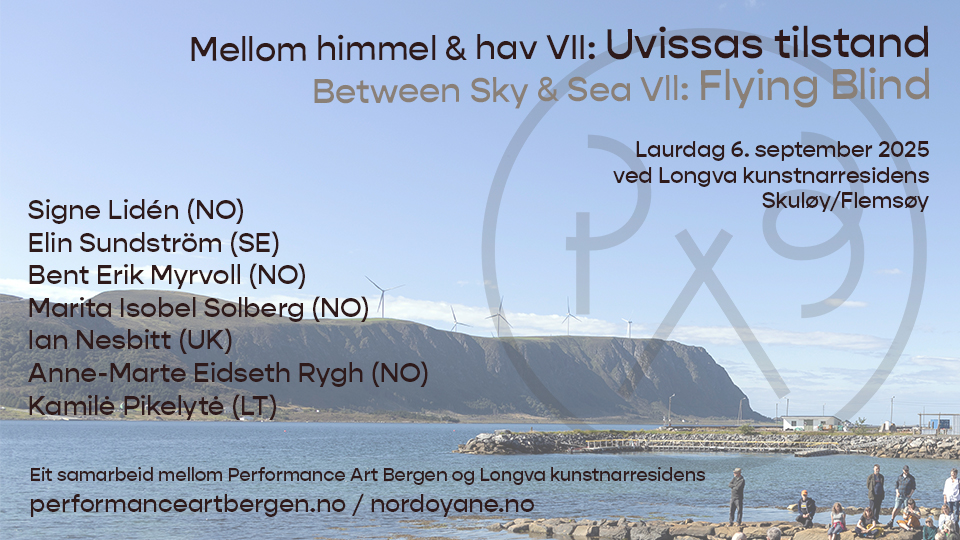
Earlier this April, Kunstkritikk reported a crisis among Swedish art galleries. For example, the Stockholm branch of Galerie Forsblom had to close down as a direct consequence of the coronavirus pandemic. Financial challenges are also expected to affect commercial galleries in Norway. As far back as 17 March, the National Museum of Norway announced that it had increased this year’s purchasing budget by NOK 14 million (EUR 1.24 million) to remedy the situation. The director of the National Museum, Karin Hindsbo, informed Kunstkritikk that the extra funding will be spent on contemporary art, design, and crafts, and that the museum will focus on buying from Norwegian galleries and exhibition venues.
Hindsbo said: “We saw that the art field was hit very hard by the corona situation, and how vulnerable artists are in this situation. We discussed whether there was anything we could do to help the art scene in this hour of need, and we decided that increasing our budget for acquisitions was something we could do within the framework of the National Museum’s existing mandate. The extra funds are transferred directly from the museum’s equity.”
According to the report Å samla kunst (Collecting Art) prepared by Jorunn Veiteberg at the behest of Arts Council Norway last year, the National Museum’s total purchasing budget has averaged NOK 10 million a year since the mid-2000s. Between 2010 and 2016, the museum purchased an average of forty-four works of art a year. Although the museum’s budget will be much bigger this year, this will not be allowed to compromise the quality of the pieces bought. According to Hindsbo, the museum “will follow normal procedures and adhere to our usual quality requirements. But there is so much great art out there, so I’m not worried about that.”
When asked whether the National Museum will be able to get the money out in time to provide relief from the crisis, Hindsbo responded: “Yes, I hope so; the funds must be spent this year. It’s a somewhat laborious process, and it takes a lot of man hours on the part of our conservators and curators, but we’re currently looking into whether some processes can be carried out faster and more efficiently.”
Hindsbo heads the museum’s acquisitions committee, which holds formal responsibility for all new purchases. The museum also has several curatorial committees that each make proposals, and Hindsbo also points to the work done on preparing the new museum’s inaugural exhibition, which has involved a group of curators travelling across much of Norway to map out the country’s contemporary art scene. “We have plenty of material at hand and have received lots of input and suggestions,” she said.
When questioned about the museum’s acquisitions strategy and the deficits in its collection, Hindsbo replied: “Every acquisition is important for the collection. In addition to this being a very hands-on measure to help the art scene in times of crisis, it will also enrich the collection. We will focus on strengthening diversity in our collections, and we will continue our efforts to identify areas in the collection where we have shortcomings. We want to apply a broad scope in our acquisitions, looking to young and established artists alike. We may supplement our collection of works by artists who are already found in the museum, but will also buy in artists who are not represented in the collection today. With this initiative we also continue to augment our stock of contemporary art in the collection; this has been a focal point for us in recent years, for example in our collaboration with Sparebankstiftelsen DNB on purchasing contemporary art.”
Based on statements given to Kunstkritikk, the situation for Norwegian galleries seems far from dramatic as yet. So far, the biggest consequences have been rescheduling and closing exhibitions. Several gallerists expect to see some decline in sales, but no outright crisis is expected at this time.
Ben Frija at Gallery K in Oslo said: “The artists are the ones who suffer the most because they do not get their pictures exhibited. As far as our own finances are concerned, this is not critical, but if the situation persists for a long time, things will get tricky.”
Emilie Magnus from the Oslo-based gallery OSL Contemporary is mainly concerned about what the world will look like after the coronavirus pandemic, specifically what the shutdown will do to the commercial basis of commercial galleries and to the purchasing power of institutions and individuals. “Generally speaking, I find that the pervasive attitude towards commercial galleries is that we ought to manage on our own,” she said.
Hindsbo said that the museum has received material from many Norwegian galleries, and assured Kunstkritikk that the museum archives all inquiries in order to systematically review them. “Now it’s all about sorting out the amazing amounts of offers and information,” she said. “It will take some time for these funds to get out into circulation, but it was important to make the announcement early, demonstrating to all that this is not the time to stop buying art; quite the contrary.”



















